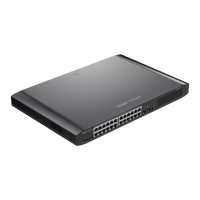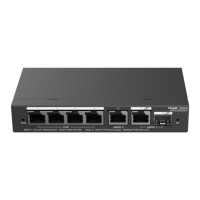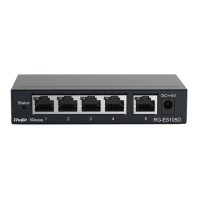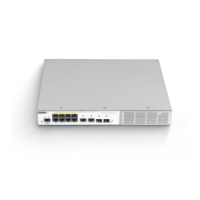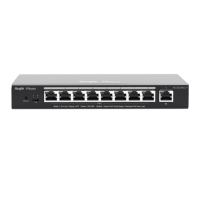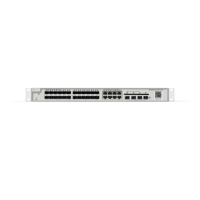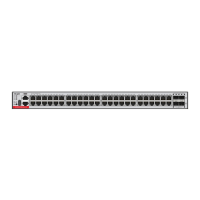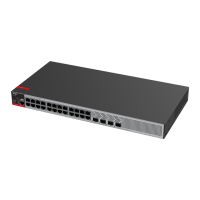Ruijie RG-ES100 Series Switches Hardware Installation and Reference Guide
2.2.7 EMI
Electro-Magnetic Interference (EMI), from either outside or inside the equipment or application system, affects the system
in the conductive ways such as capacitive coupling, inductive coupling, and electromagnetic radiation.
There are two types of electromagnetic interference: radiated interference and conducted interference, depending on the
type of the transmission path.
When the energy, often RF energy, from a component arrives at a sensitive component via the space, the energy is known
as radiated interference. The interference source can be either a part of the interfered system or a completely electrically
isolated unit. Conducted interference results from the electromagnetic wire or signal cable connection between the source
and the sensitive component, along which cable the interference conducts from one unit to another. Conducted interference
often affects the power supply of the equipment, but can be controlled by a filter. Radiated interference may affect any
signal path in the equipment and is difficult to shield.
For the AC power supply system TN, single-phase three-core power socket with protective earthing conductors (PE)
should be adopted to effectively filter out interference from the power grid through the filtering circuit.
The grounding device of the switch must not be used as the grounding device of the electrical equipment or anti-
lightning grounding device. In addition, the grounding device of the switch must be deployed far away from the
grounding device of the electrical equipment and anti-lightning grounding device.
Keep the equipment away from high-power radio transmitter, radar transmitting station, and high-frequency large-
current device.
Measures must be taken to shield static electricity.
Interface cables should be laid inside the equipment room. Outdoor cabling is prohibited, avoiding damages to device
signal interfaces caused by over-voltage or over-current of lightning.
2.3 Installation Tools
Table 2-4 Installation Tools
Phillips screwdriver, cables, bolts, diagonal pliers, straps
The tool kit is customer-supplied.
